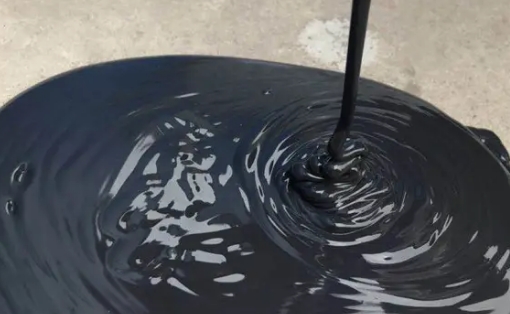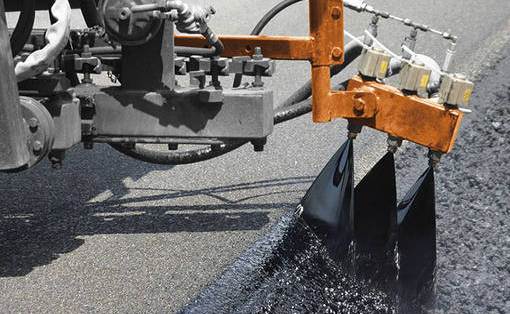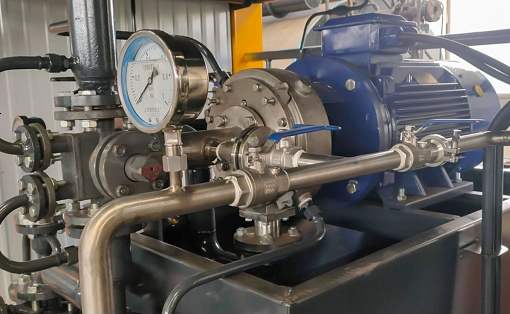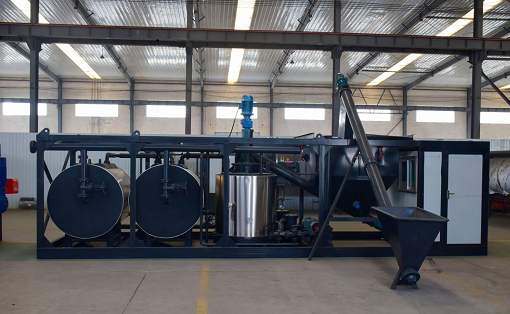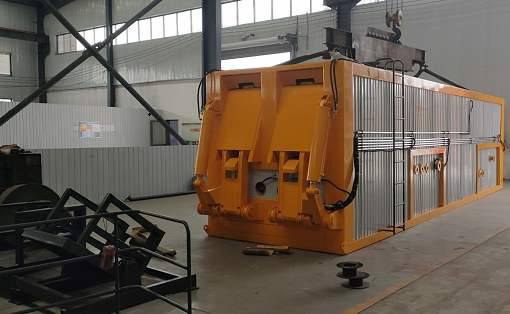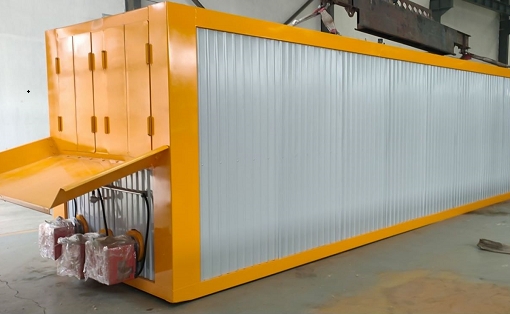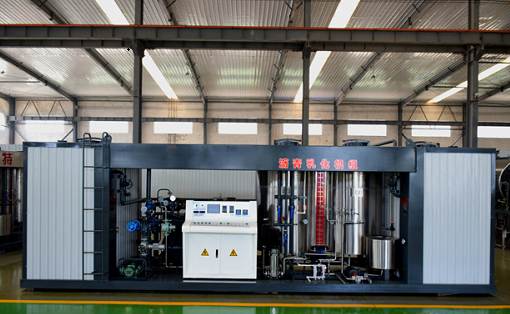Synchronized sealing trucks make road maintenance easy and efficient
Synchronous sealing trucks play an important role in road maintenance. Daily maintenance of synchronous sealing trucks is an important part of ensuring the good operation of the equipment and extending its service life. Here are some common maintenance measures:
Synchronous sealing trucks play an important role in road maintenance. Daily maintenance of synchronous sealing trucks is an important part of ensuring the good operation of the equipment and extending its service life. Here are some common maintenance measures:
1. After the work is completed, clean the emulsifier to prevent the emulsifier from remaining inside the equipment and affecting the normal operation of the equipment.
2. If the equipment will not be used for a long time, the liquid in the empty tank and pipes should be drained to prevent the liquid from corroding the equipment.
3. Regularly check and keep each hole cover tight to prevent dust and other impurities from entering the inside of the device.
4. After every day’s work, the entire equipment needs to be cleaned to keep the equipment clean.
5. Regularly add lubricating oil to each transfer component to reduce friction between components and extend the service life of components.
6. Regularly perform daily maintenance and maintenance on the tires, asphalt tanks and other accessories of the synchronous sealing vehicle to ensure that these important accessories are in good condition.
7. The engine is a component of the synchronous sealing vehicle and will be consumed during use. Therefore, regular maintenance is required so that the engine can perform better and complete the work tasks smoothly.



